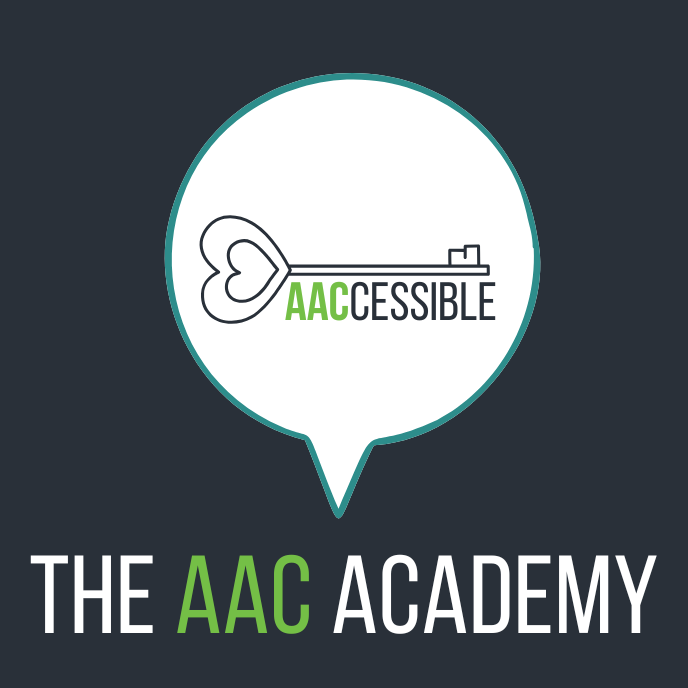AAC, Literacy & the SLP
#AACES2024 Conference Session
Implementing AAC with Deaf and Hard of Hearing Students
Augmentative and Alternative Communication (AAC) can be implemented with Deaf and Hard of Hearing. The “Determining Candidacy for an AAC Device” resource was created by American Sign Language-fluent speech-language pathologists with extensive experience working at schools for the Deaf. This screening tool can help broadly determine whether a signing Deaf child is a candidate for an AAC device. Many Deaf children who communicate using ASL are also encouraged to use AAC devices when they are not candidates and likely would not benefit from them. This tool can help providers minimize those occurrences. The participants will also learn about different Deaf-Friendly AAC features in a variety of applications, analyze case studies, and feature matching AAC apps to the correct student while continuing to support the individual's signing.
WHAT'S INCLUDED
-
Natural & engaging webinar
-
Full year of on-demand access
-
CMH/PDH Certificate
-
Online classroom community
-
Links to resources
Gain a framework
Improve your AAC decision-making for children with hearing impairment through a specialized screen tool.
Learn about AAC features
Learn about AAC system features that best support children with hearing impairment who are candidates for AAC.
What You'll Learn
Write your awesome label here.
Continuing Education Credit
This course offers eligible students a total of
1 certification maintenance hour (CMH)
1 certification maintenance hour (CMH)
Learn more about CMH/PDH (versus CEU's or continuing education units) on your course syllabus and on our CEU Page. All learners are encouraged to confirm that this course meets the requirements of their licensing board before purchasing.
Write your awesome label here.
Meet YOUR instructor
Quinn Kelly MS., CCC-SLP, TSSLD
Quinn is a bilingual, American Sign Language (ASL)-fluent, certified Speech-Language Pathologist at a school for the Deaf in New York. She received her B.A in Linguistics from Montclair State University with a concentration in ASL, and her M.S. in Communication Sciences and Disorders from Mercy College. Currently, Quinn works at a school for the Deaf, primarily servicing Deaf-Disabled students targeting Augmentative and Alternative Communication (AAC) and expressive and receptive language in ASL.
As a bilingual therapist, Quinn specializes in working with AAC with individuals with multiple disabilities. Quinn has worked with both neurotypical and complex communicators through various bilingual approaches with ASL and AAC. She has developed and published an informal assessment for AAC. Quinn has conducted and presented research about AAC use with d/Deaf individuals on the national and international level. Quinn currently holds her ASL-PI certificate from Gallaudet University. She currently resides in New Jersey.
Patrick Jones - Course author
